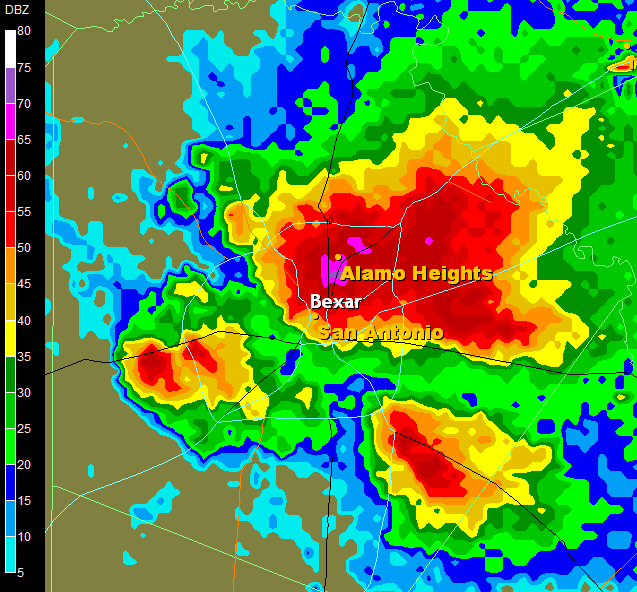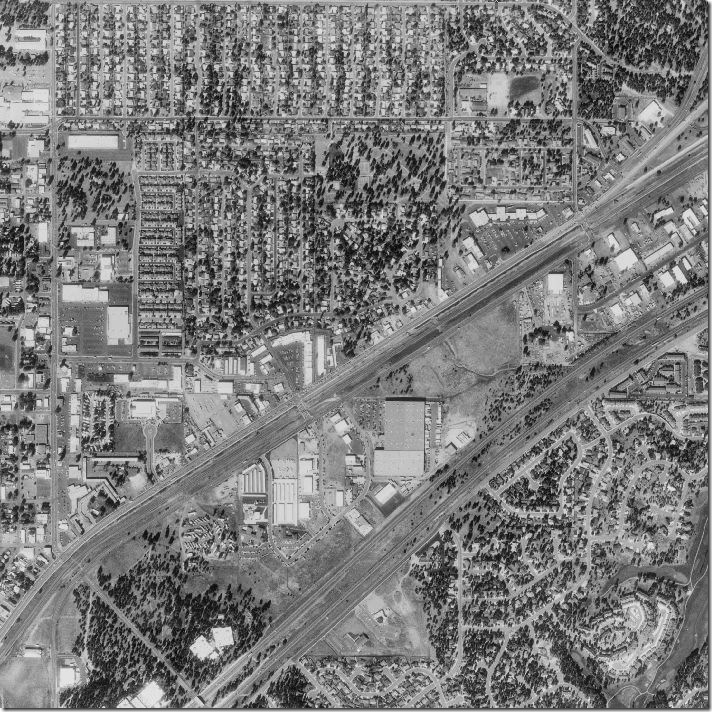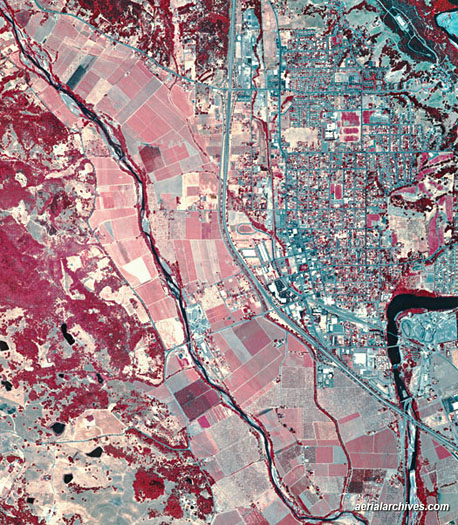 This is a nominal area choropleth because there are no classifications or numerical data being presented, it is simply a map displaying places and oceans, it is choropleth because of the different colors used for different countries.
This is a nominal area choropleth because there are no classifications or numerical data being presented, it is simply a map displaying places and oceans, it is choropleth because of the different colors used for different countries.http://mapmaker.rutgers.edu/355/africa_political.gif








































